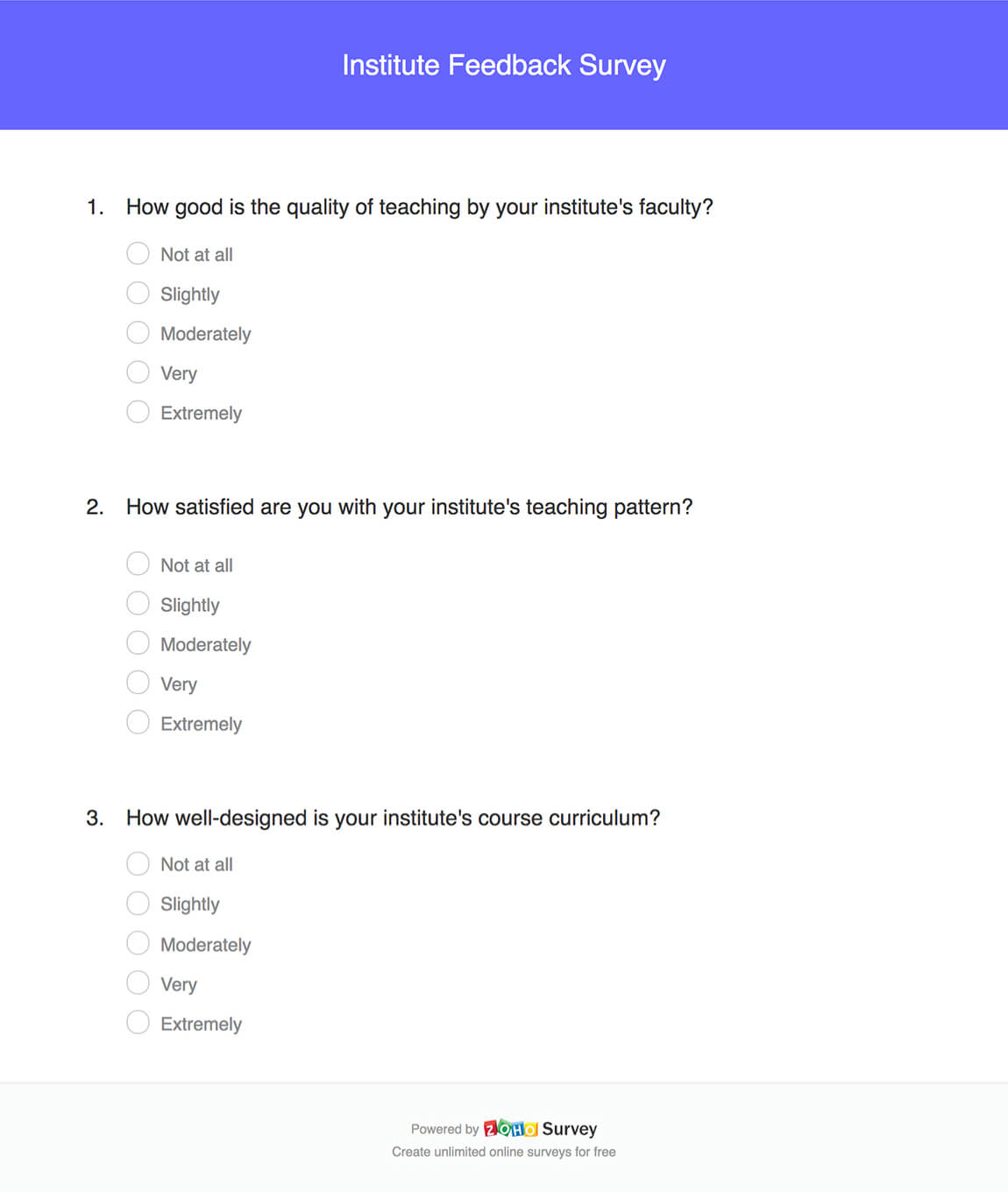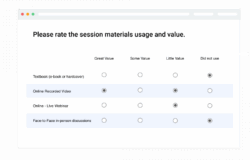Keeping university faculty happy and engaged is absolutely essential for any institution looking to thrive. After all, your faculty members are the heart of your academic mission, shaping minds, conducting groundbreaking research, and representing your university to the world. When they feel valued, supported, and heard, it ripples through every aspect of campus life, from student success to institutional reputation.

But how do you really know if your faculty are satisfied? Guessing isn’t going to cut it. That’s where a well-designed survey comes in handy. It’s a structured way to gather honest feedback, pinpoint areas of strength, and identify opportunities for improvement. Having a robust university faculty satisfaction survey template can save you a lot of time and ensure you’re asking the right questions from the get-go.
Why a Tailored University Faculty Satisfaction Survey Template is Crucial
Implementing a comprehensive faculty satisfaction survey isn’t just a box to tick; it’s a strategic investment in your institution’s future. When faculty members feel that their concerns are heard and addressed, it fosters a stronger sense of loyalty and commitment. This, in turn, can lead to lower turnover rates, attracting and retaining top talent, which is incredibly competitive in academia. Happy faculty are also more likely to be innovative, productive, and enthusiastic in their teaching and research endeavors, directly impacting student learning outcomes and the overall quality of education your university provides.
A generic survey simply won’t capture the nuances of the academic experience. Faculty members have unique roles and challenges that differ significantly from other employees. They navigate complex tenure processes, balance teaching with research and service, and operate within a distinct collegial environment. A survey tailored specifically for university faculty will ask questions relevant to these experiences, providing far more actionable insights than a one-size-fits-all approach. This deep dive allows your institution to address specific pain points, celebrate successes, and truly understand the pulse of your academic staff.
When developing or selecting a university faculty satisfaction survey template, think about the broad categories that impact well-being and productivity. It’s not just about salary, though compensation certainly plays a role. It’s about professional growth, leadership, resources, and even the collegial atmosphere. A good template will cover these multifaceted aspects to give you a holistic view of satisfaction levels across the board.
Key Areas to Cover in Your Survey
By systematically gathering data on these points, you can move beyond anecdotal evidence and make data-driven decisions that genuinely improve the faculty experience. Regularly surveying and acting on the feedback from a robust university faculty satisfaction survey template shows your faculty that their opinions matter, building trust and strengthening the academic community.
Crafting Your Effective Faculty Feedback Mechanism
Simply having a university faculty satisfaction survey template isn’t enough; it’s how you customize and deploy it that makes all the difference. While a template provides a fantastic starting point, think of it as a blueprint that needs to be adapted to your university’s specific culture, strategic goals, and current challenges. What are the unique aspects of your institution? Are there recent changes in policy, leadership, or curriculum that might be impacting faculty morale? Tailoring the questions to reflect these specific contexts will yield far more relevant and actionable data.
Consider the types of questions you’ll ask. A mix of quantitative (e.g., Likert scales for agreement/disagreement) and qualitative (open-ended comments) questions is often most effective. Quantitative data provides measurable trends, while qualitative data offers invaluable context and deeper insights into *why* faculty feel a certain way. Ensure the survey isn’t too long; faculty are busy, and a lengthy questionnaire might lead to survey fatigue or less thoughtful responses. Aim for conciseness without sacrificing depth.
The administration of the survey itself is critical for encouraging honest participation. Emphasize anonymity and confidentiality. Faculty members need to feel secure that their responses will not negatively impact their standing or career. Clearly communicate the purpose of the survey and how the data will be used. Will it inform policy changes? Will it lead to new initiatives? Being transparent about the process builds trust and increases participation rates. Establishing a regular cadence for these surveys, perhaps annually or biennially, allows you to track changes over time and measure the impact of improvements.
Finally, the most crucial step after deploying your university faculty satisfaction survey template and collecting responses is to *act* on the feedback. Nothing erodes trust faster than asking for input and then doing nothing with it. Analyze the data thoroughly, identify key themes and areas for improvement, and then communicate the findings back to the faculty. More importantly, outline the specific actions your institution plans to take in response to the feedback. This “closing the loop” demonstrates that their voices are heard and valued, fostering a culture of continuous improvement and genuine engagement within your academic community.
Investing in a robust and thoughtfully implemented faculty satisfaction survey is more than just good HR practice; it’s a fundamental commitment to the well-being and success of your most valuable asset: your faculty. By regularly seeking their input and acting on their feedback, you can create a university environment where everyone thrives, leading to enhanced academic excellence and a stronger sense of shared purpose. This proactive approach ensures your institution remains a desirable place to work, learn, and grow for years to come.



